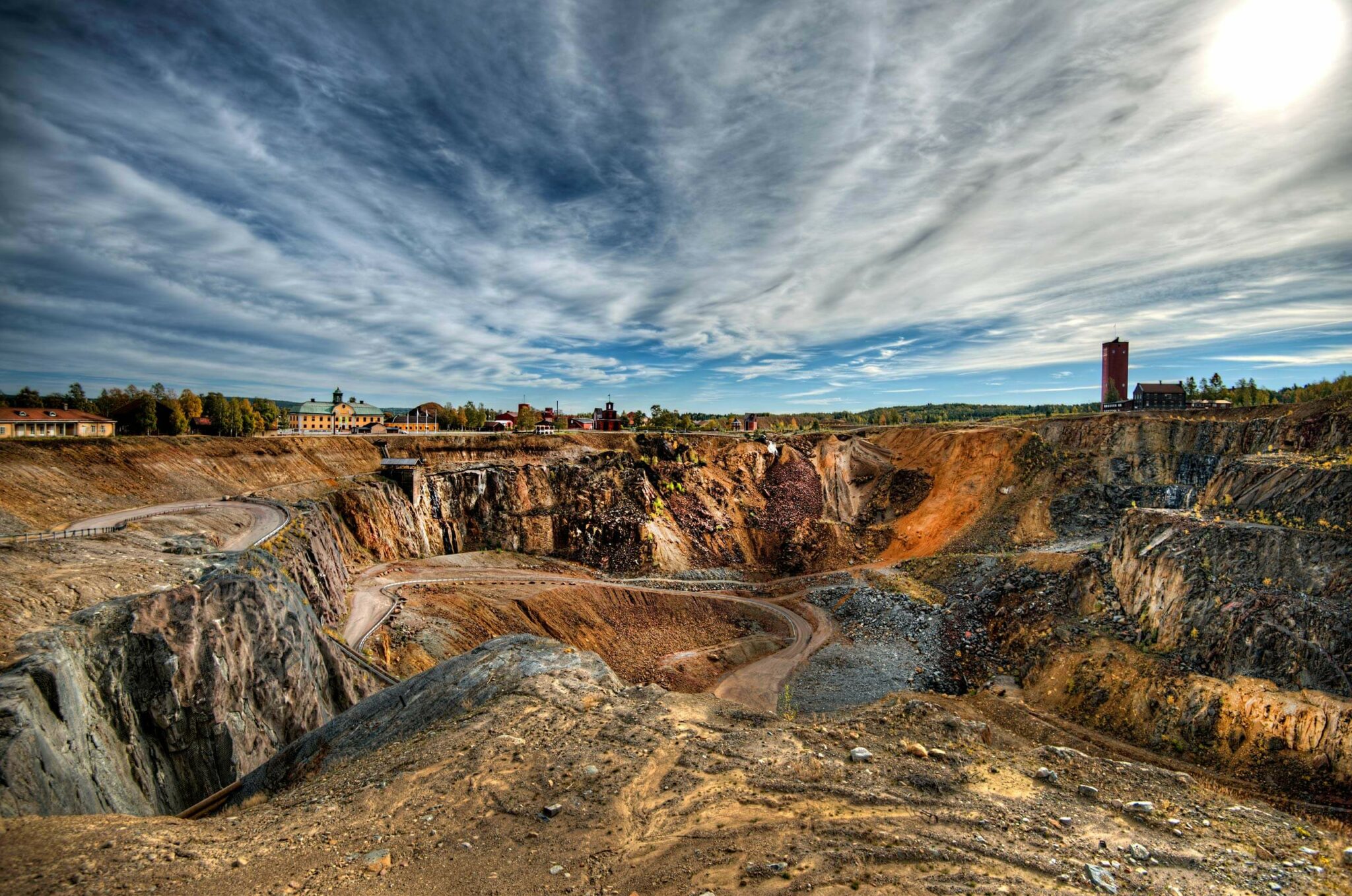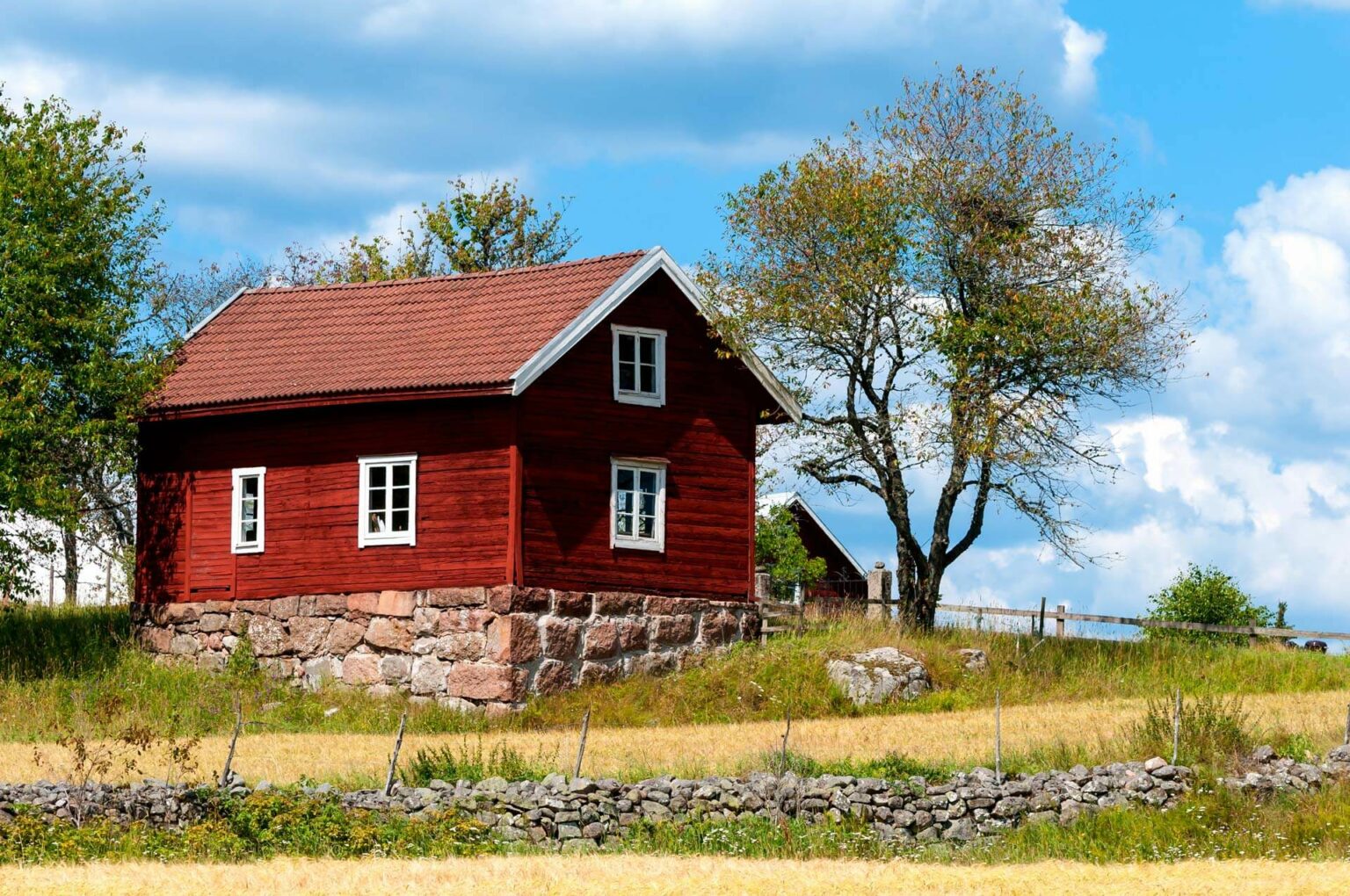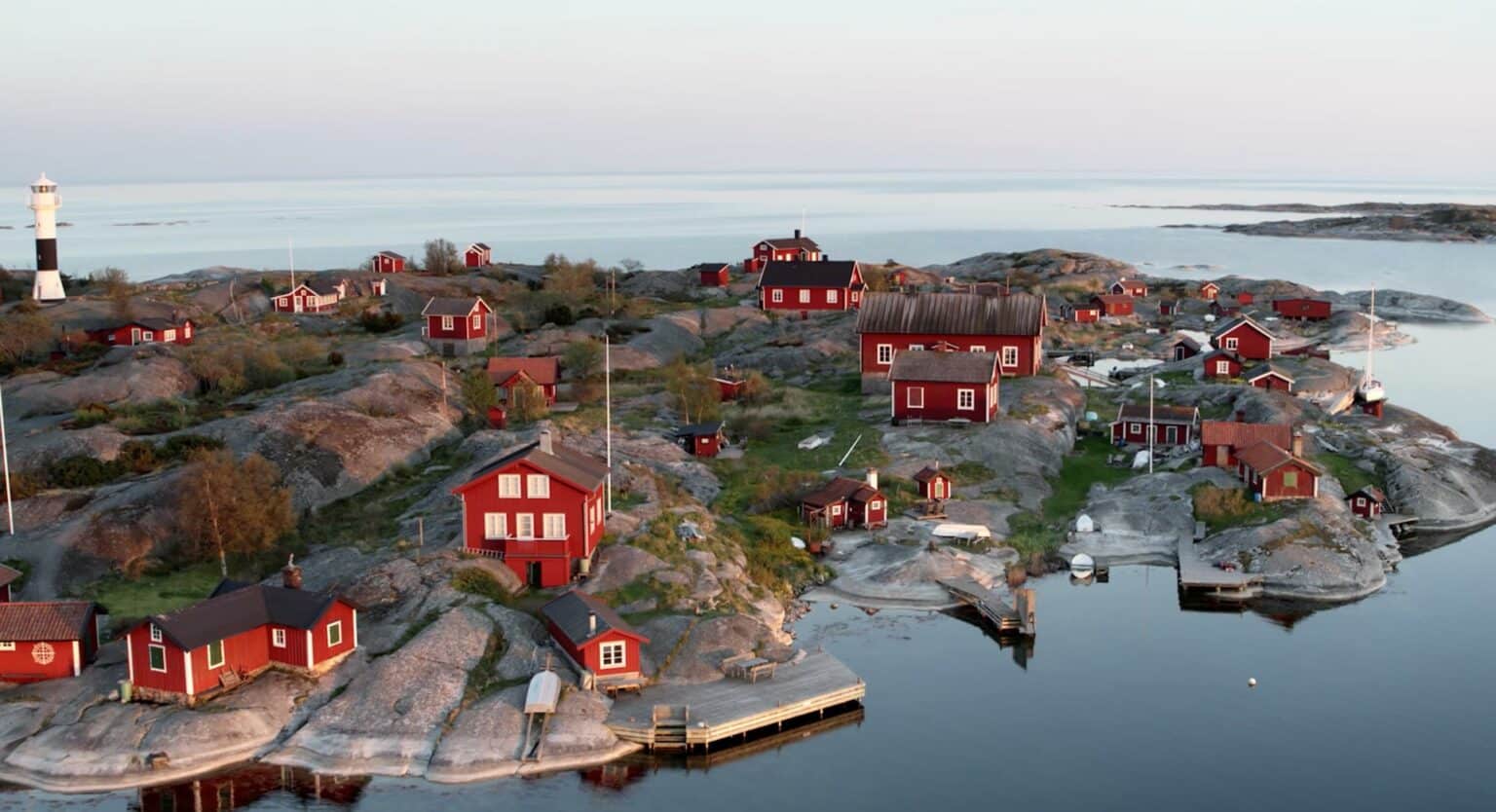
The story of the red paint is even older, however. The red paint is mentioned in many descriptions in connection to the handling of copper at the mine in Falun. In 1573 the Swedish King Johan III, inspired by traveling in Europe, had an upgrade in mind when he in a letter instructed his Master Painter to white wash the walls of his Stockholm Palace and to paint all the roofs of the Castle red using “mine bran” from the Falun Mine. With this he transformed the old Castle into a Renaissance palace with a white marble façade (faked with white lime paint) and the roofs looking like copper when painted red by mixing the “mine bran” with linseed oil and tar.

